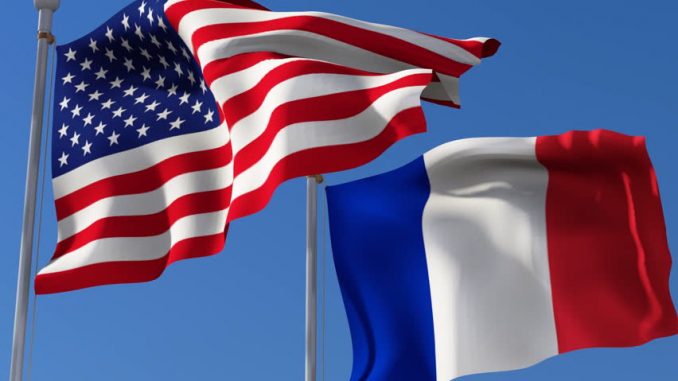
The French wrote that they believed that the citizens of the new United States understood the French Revolution as an extension of a universal fight for freedom begun by the 13 colonies’ war for independence and therefore celebrated every French victory as their own. In truth, however, the new republic was deeply divided over the French Revolution. Future President Thomas Jefferson and his Democratic-Republican Party were impassioned supporters of the revolutionaries, even as they turned to terror as a means of achieving their goals. By contrast, George Washington, Alexander Hamilton, John Adams and the rest of the Federalists looked upon the bloodbath the French Revolution had become with horror.
The French Revolution became a litmus test for Americans as they assessed their own revolution. The Democratic-Republicans believed the Federalist administrations of the 1790s had backed away from the more radical goals of democracy—for white people, at least–espoused during the War for Independence and that the Federalists hoped to simply replace the British aristocracy with an American meritocracy. Jeffersonians, on the other hand, desired equal rights for all men with white skin. Federalists took the outcome of the French Revolution as final evidence that overthrowing the social order as well as the political order could lead to nothing but death, destruction and destitution. So, when Thomas Jefferson won the presidency in 1800, Americans understood it as an endorsement of a revolutionary shift in the philosophy of their government.
Historians consider the peaceful succession of power from Federalist John Adams to the Democratic-Republican Jefferson to be the ultimate triumph of the American Revolution.
| [adrotate group=”4″] |
[adrotate banner=”24″]

[pt_view id=”517b65fj16″]

Be the first to comment